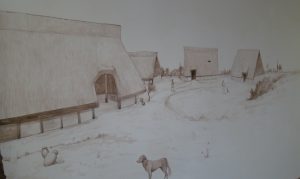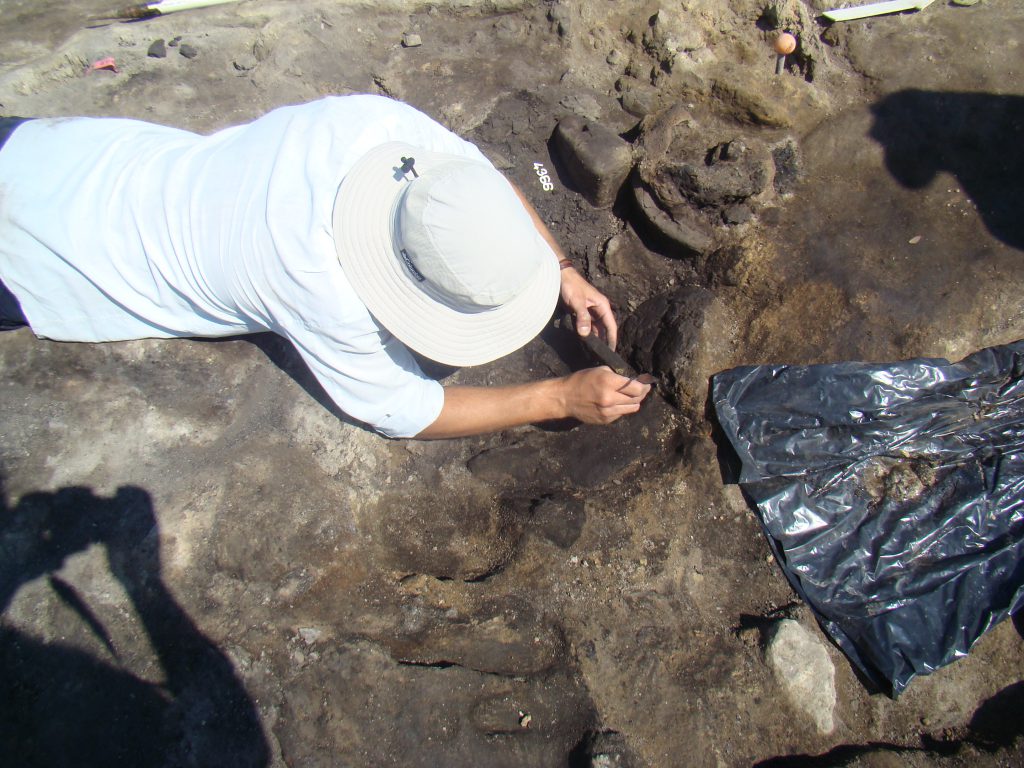Research at the Százhalombatta tell focuses on exploring its settlement structure and architecture as well as daily life, technology and material culture during the Bronze Age. Major research questions include the relationship between ‘private’ and public space; the diversity of the households both as architectural constructions and living spaces; chronological issues such as the duration of the Koszider phase at the end of the Middle Bronze Age; the variety of roles played by ceramics within the settlement.
 |
 |
In order to answer these questions the excavation team works in a 20m x 20m trench, the most extensive excavation of a temperate Bronze Age tell conducted to date. The large excavation area allows comparisons to be drawn between different houses, as well as capturing other kinds of features such as paths, roads and working areas. All finds from the site are collected and documented. Systematic sieving, soil sampling and flotation enables the collection of fine-grained organic and inorganic data sets. Digital documentation of the site uses INTRASIS. Thin section soil micromorphology adds data invisible to the naked eye.
The wide range of post-excavation analyses reflect the diversity and volume of material from the site.
